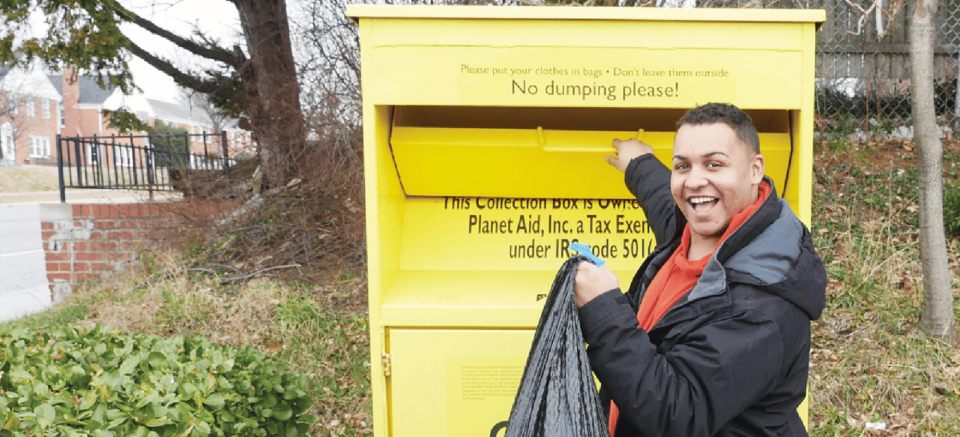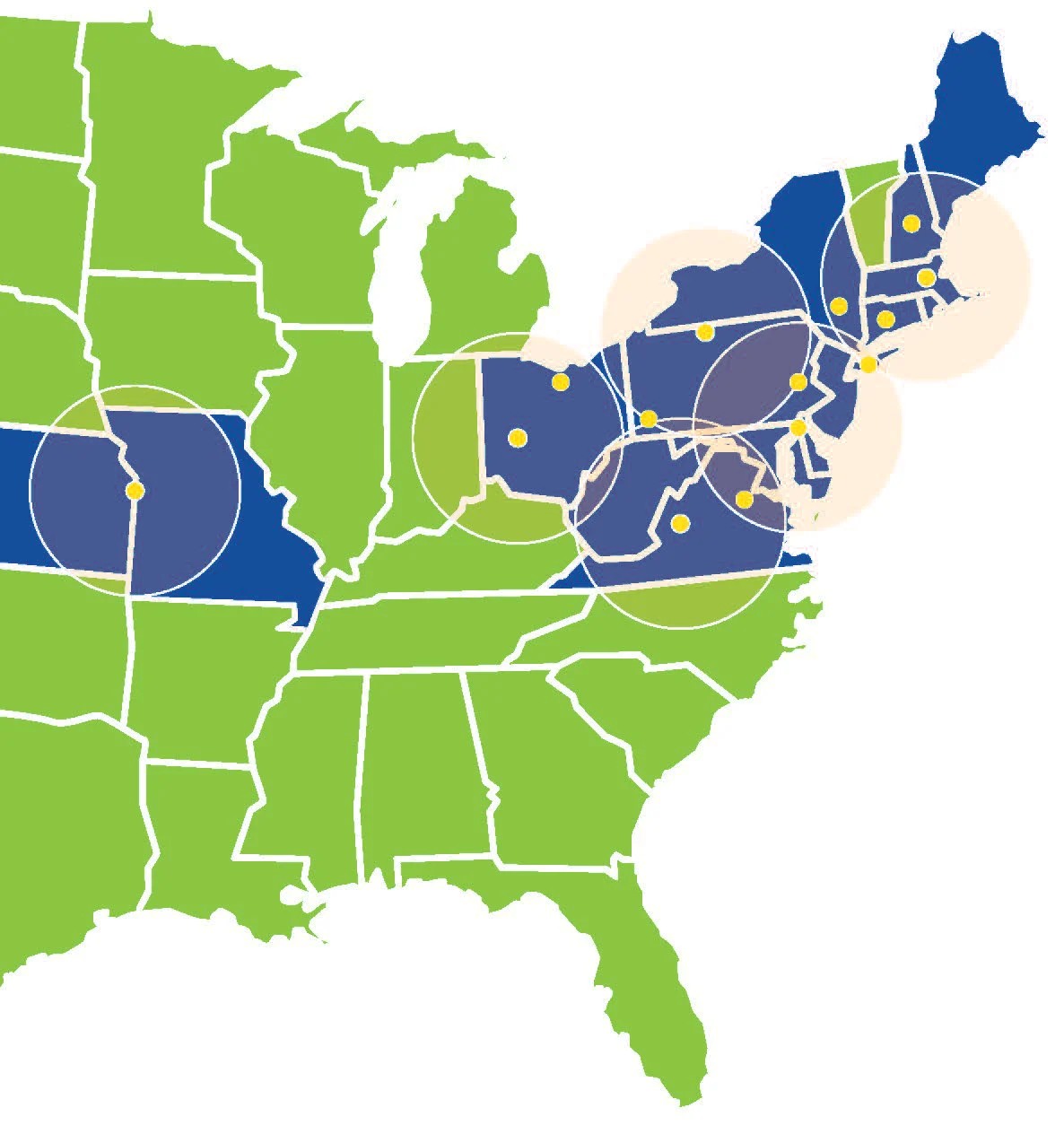Driving environmental change through clothes recycling & textile reuse
Each pound of clothes Planet Aid collects impacts the environment significantly. Since placing our first iconic clothing collection bins in 1997, Planet Aid has prevented close to two billion pounds of used clothing and shoes from entering the waste stream.
Clothes recycling and reuse reduces the need to manufacture new clothes, which in turn reduces the use of water, chemicals and pesticides and reduces CO2 pollution.

pounds of used
textiles diverted

municipality partners
to reuse textiles

cutting edge, sustainable donation centers
Testimonial
"It is fitting that Planet Aid was the recipient of the Massachusetts Recycling Business Development Grant. This will allow the organization to enhance its processing and recycling of textiles, which is not only good business but a sound environmental policy, as well."
Mr. Brian Murray
Massachusetts State Representative
According to the EPA, 11.3 million tons of textiles end up in landfills annually.

Clothes recycling and reuse saves vital natural resources and helps reduce greenhouse gas emissions.
Textiles in landfills decay over time and release microplastics and methane, a potent greenhouse gas that contributes to global warming.
Reusing clothing and shoes is an easy way to mitigate the negative impact of the heavily polluting fashion industry, which uses large amounts of fossil fuel, water, fertilizer and pesticides.
Secondhand clothes and shoes fuel a circular economy that benefits millions of people.


We operate 7 textile reuse facilities serving 14 states in the Mid Atlantic, Midwest and Northeast.
Your donation of used clothes and shoes to Planet Aid benefits people and the planet.
.jpg?width=960&height=507&name=agriculture-pa%20(1).jpg)
